Prospective Groundwater Studies
The primary objective of a Prospective Groundwater Monitoring Study (PGW) is to determine whether a pesticide will move to groundwater under specific field conditions and to determine the concentration in ground water of an applied pesticide, its major degradates and other degradates of concern. EPA uses the results of PGW studies to help answer questions such as:
- Is there a high probability that the pesticide will leach in the pesticide use area?
- Which uses present the greatest potential for the pesticide leaching to ground water?
- What measures might be effective in mitigating the pesticide leaching?
Stone has implemented dozens of PGW studies representing all the major agricultural regions of the country. PGW studies are typically multi-year, intensive field trials; therefore, registrants need a contractor with staying power and experience—two hallmarks of Stone.
Scroll through these photos of our PGW work
-
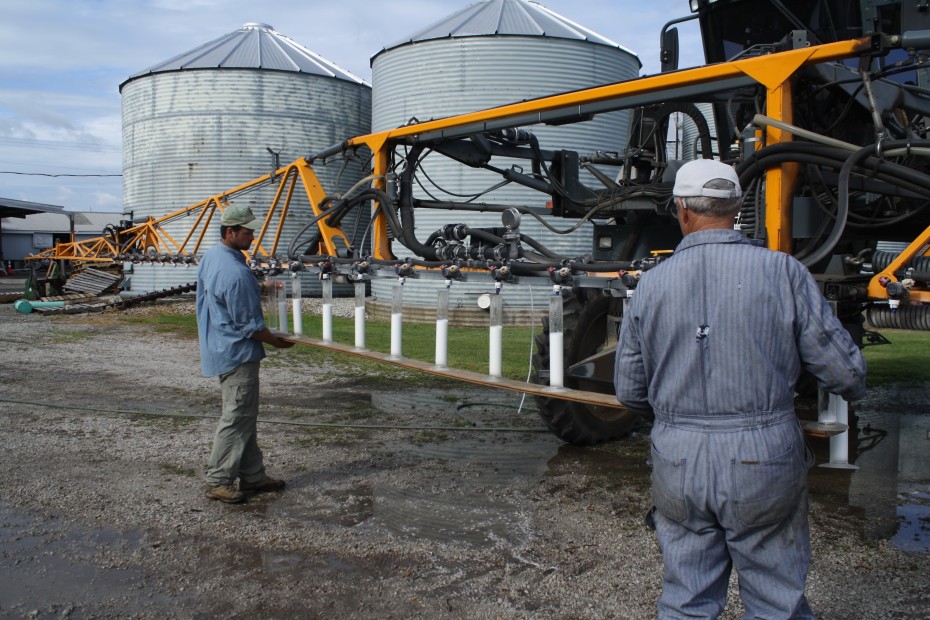
Calibration
-
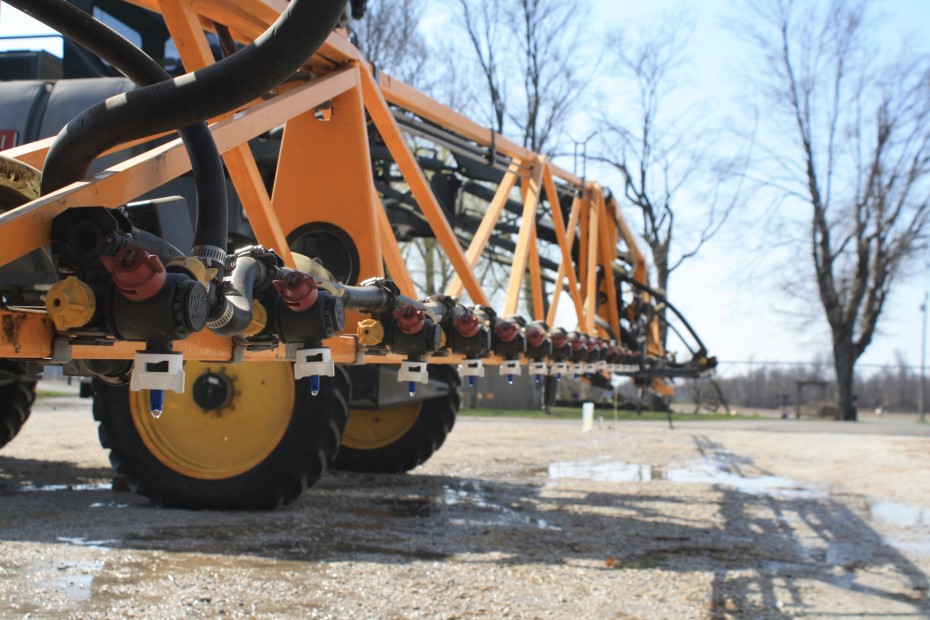
Application
-
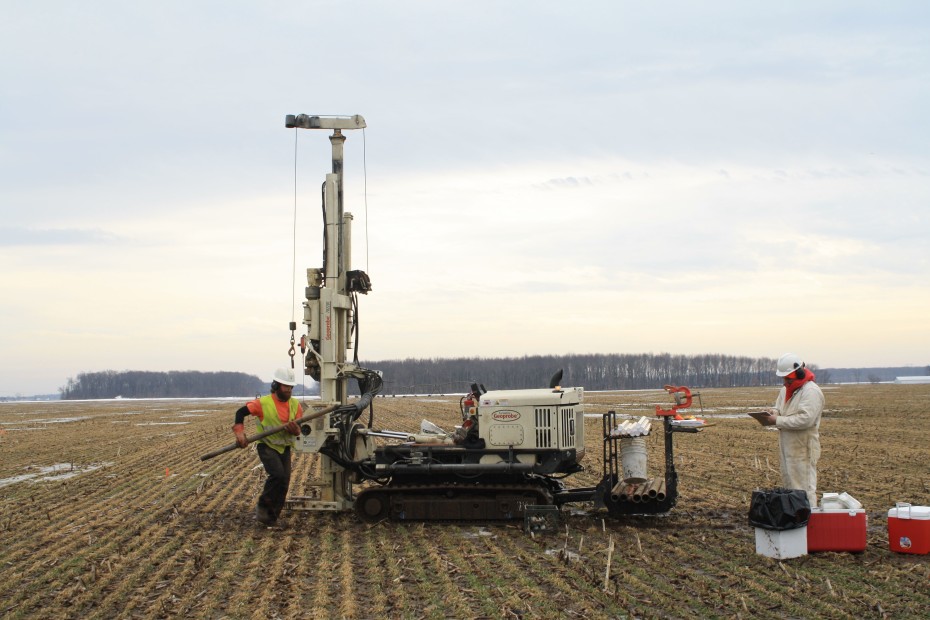
-
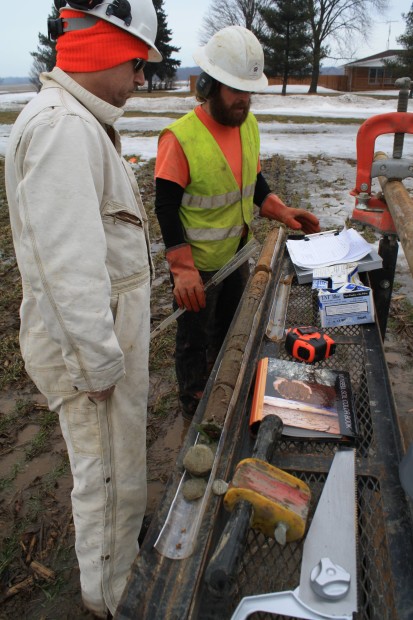
-
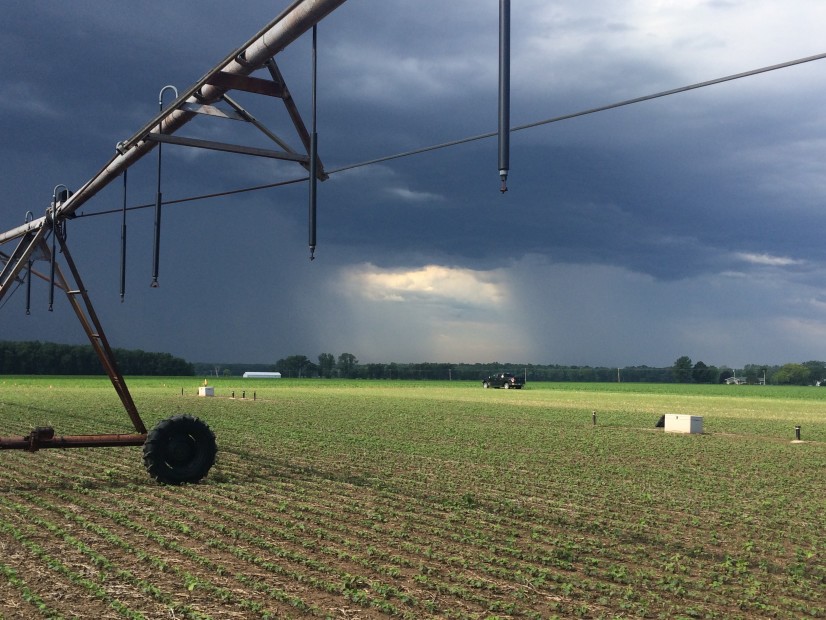
PGW Sampling
-
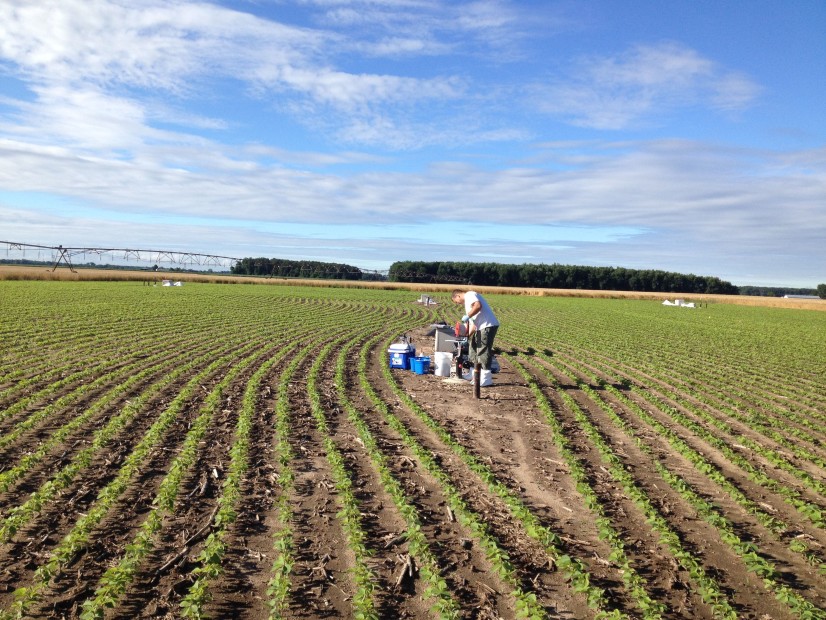
PGW Sampling
-
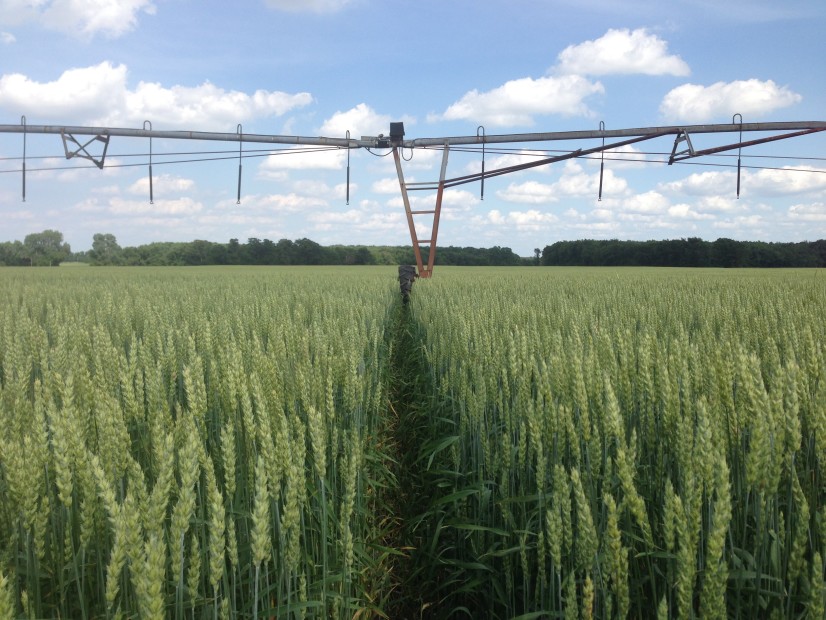
Center Pivot
When these studies are conducted for a new chemical prior to registration, the results can provide evidence not available from laboratory studies that natural factors cause a pesticide to degrade without contamination of water resources. Alternatively, they can provide evidence to indicate that groundwater contamination could result from use according to the pesticide label, and they can help to quantify the levels at which that can occur. These studies are also an important tool for understanding factors that influence the leaching of previously registered pesticides. The data from these studies are helpful in evaluating the effectiveness of a current management strategy (as stated on the product label) for a pesticide that has been shown to leach to ground water. The results from a PGW study can also be used in exposure/risk assessments. For example, measured concentrations of a pesticide in ground water from a PGW study can be used to estimate pesticide concentrations in drinking water drawn from shallow private wells.
Many of the PGW studies Stone has performed are on sites considered realistic worst-case settings: Selected sites typically have coarse-textured soils and shallow groundwater. However, some PGW studies are on sites of intermediate vulnerability. These sites are selected through extensive vulnerability analyses performed using GIS and PRZM modeling to identify areas that met specific vulnerability criteria. This probabilistic approach allows us to rank the relative vulnerability of field areas across a region, basing the rankings on the properties of the pesticide and field soils. This greatly improves our ability to interpret and extrapolate from study data. We characterize in the field the sites indicated by the vulnerability analysis to confirm the accuracy of the data used in the ranking.
Stone maintains a readiness to initiate PGW studies. We are familiar with the latest instrumentation and constantly refine our sampling procedures for improved efficiency while maintaining the highest sample integrity.
Explore more in our "Field Studies" section
Prospective Groundwater Studies
Drift Reduction Technology Assessments
Retrospective Groundwater Studies
>>Back to Field Studies Overview Page